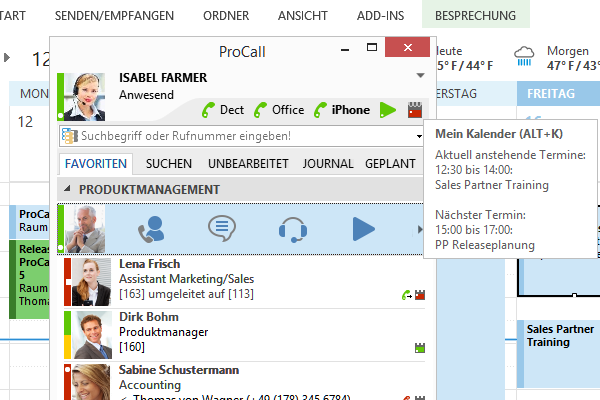Broadsoft Outlook Toolbar Shortcut
Posted By admin On 11/06/18Bedienungsanleitung Angelcare Ac 300 Pdf File. Advanced Outlook add-in tutorial: Git the Gist • • 21 minutes to read • Contributors • In this article The purpose of this guide is to walk through the process of creating an Outlook add-in that allows the user to access their on GitHub. The source code in this is what you should end up with if you follow the steps outline here.

SCC Toolbar - Outlook dialing. Broadsoft; SCC Toolbar - Outlook dialing. An alternative method is to use the Smart CallConnector Toolbar. Broadsoft Outlook Toolbar Lock. Assistant Enterprise Toolbar SETUP GUIDE Broadsoft. Microsoft Outlook. If it works, create a new shortcut using the exe.
Buku Rouhani Kristen Gratis Pdf Creator here. This tutorial will use the to generate an add-in project. Prerequisites Outlook add-ins are comprised of HTML, CSS, and JavaScript files, so technically the only absolute prerequisite is some sort of web server to host the files.
However, in this guide we're going to use some tools to make it easier to get up and running quickly. To follow along with this guide, you'll need the following: • • •. Tip Once you have Node.js installed, you can install all of the other prerequisites via NPM: npm install -g yo generator-office You will also need Outlook 2016 connected to an Office 365 account, Outlook.com account, or a Microsoft Exchange Server and a GitHub account to test all of the features of the add-in we're going to create. Create the add-in Open your command prompt/shell in an empty directory. Enter yo office and follow the prompts. • Would you like to create a new subfolder for your project?: No • What would you want to name your add-in?: Git the Gist • Which Office client application would you like to support?: Outlook • Would you like to create a new project?: Yes, I need to create a new web app and manifest file for my add-in • Would you like to use TypeScript?: No • Choose a framework: Jquery The generator will then ask you if you want to open resource.html.
It isn't necessary to open it for this tutorial, but feel free to open it if you're curious! Choose yes or no to complete the wizard and allow the generator to do its work. The generator will create the project and install supporting Node components. Test the generated add-in Before we start writing any code, let's test the basic add-in generated by the generator. That way we'll know that we have a working starting point.
Update the manifest Before we load the add-in, we need to make one change to the manifest file. The generator adds a placeholder value for the SupportUrl element which is not a valid URL. This makes the file fail validation.
Open the git-the-gist-manifest.xml and locate the SupportUrl element. Remove or comment the line and save your changes before you continue. Sideload the add-in. Tip There is currently an issue with the self-signed certificates generated by the Microsoft Office Project Generator which will cause browsers to report that the add-in site is not secure, and will block the add-in from loading in Outlook clients. This problem persists even after trusting the generated certificates. For more information and workarounds, see on GitHub. • In your command prompt/shell, make sure you are in the root directory of your project, and enter npm start.
This will start a web server at and open your default browser to that address. • If your browser indicates that the site's certificate is not trusted, you will need to add the certificate as a trusted certificate. Outlook will not load add-ins if the site is not trusted. See for details.